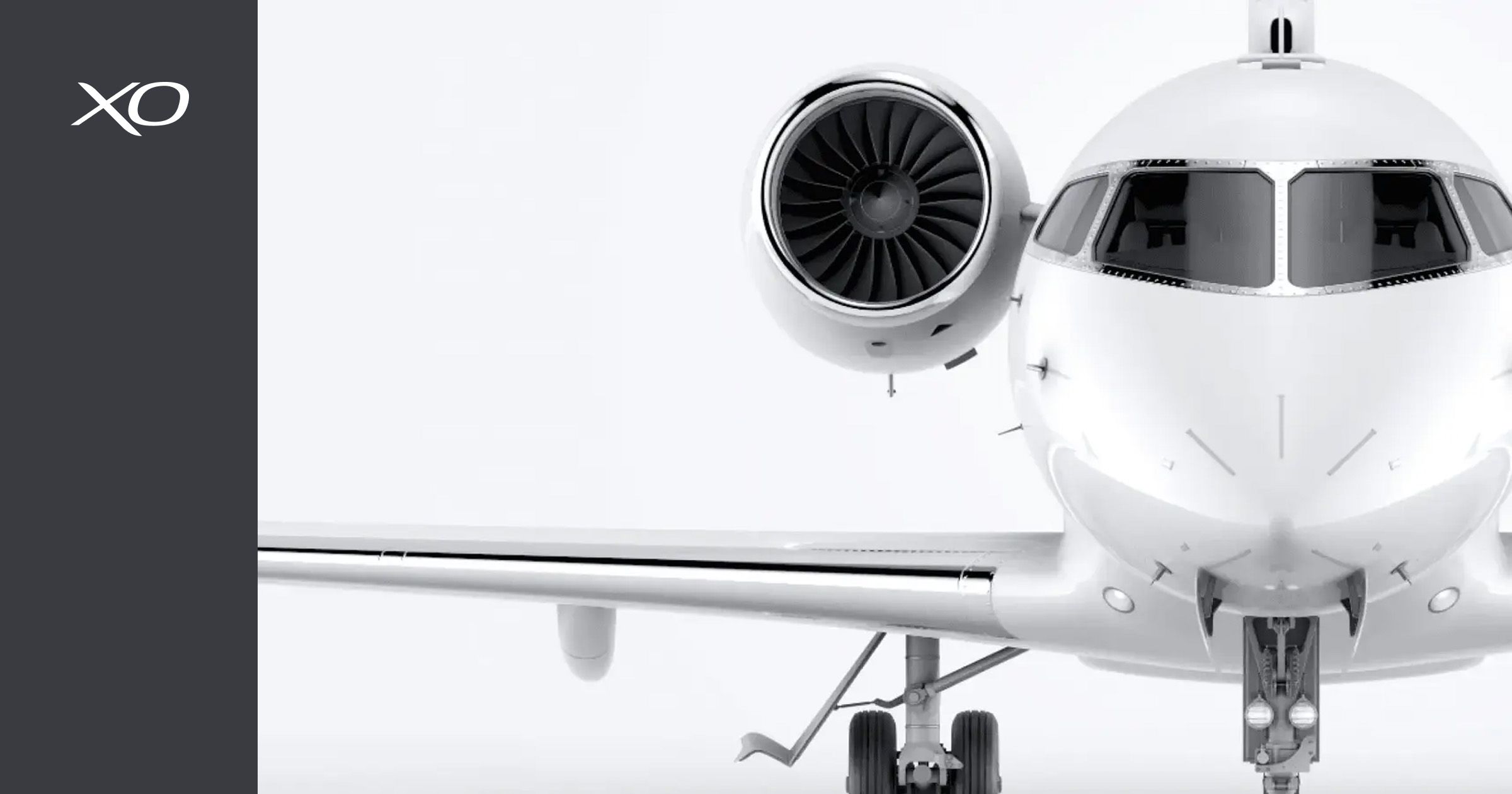
Lately, the aviation trade has witnessed a outstanding transformation, with personal planes emerging as a logo of luxurious, convenience, and autonomy. As soon as the domain of the ultra-wealthy and company executives, personal aviation is becoming increasingly accessible to a broader viewers, reshaping the way in which we think about travel. As technological developments proceed to drive down costs and enhance security, the allure of personal planes is captivating people and businesses alike.
The concept of private aviation isn’t new; nonetheless, it has gained important traction within the wake of the COVID-19 pandemic. With industrial flights changing into less reliable and often plagued by delays and cancellations, many travelers are in search of alternative technique of transportation. Personal planes supply a novel resolution, allowing individuals to bypass crowded airports and get pleasure from the freedom of flying on their own schedule. This newfound desire for flexibility has fueled a surge in demand for private jets, turboprops, and even small personal aircraft.
One in every of the key components contributing to the rise of non-public planes is the development of know-how. Fashionable aircraft are equipped with state-of-the-art avionics, safety options, and gasoline-environment friendly engines, making them more dependable and cost-effective than ever earlier than. Moreover, the emergence of electric and hybrid aircraft is paving the best private jets charter way for a more sustainable future in aviation. Corporations like Joby Aviation and Archer Aviation are growing eVTOL (electric vertical takeoff and landing) aircraft, which promise to revolutionize city air mobility and make personal flying more environmentally friendly.
The marketplace for private planes is also being driven by a rise in disposable income amongst excessive-net-worth individuals. As wealth continues to grow, extra persons are trying for ways to enhance their lifestyles, and proudly owning a personal plane is commonly seen as the final word standing symbol. In keeping with the overall Aviation Manufacturers Association (GAMA), the demand for new private aircraft has steadily elevated over the past few years, with gross sales of gentle jets and turboprops reaching file highs.
Nevertheless, the attraction of private aviation extends beyond the rich elite. Fractional possession programs and charter services are making it doable for a wider range of individuals to experience the advantages of non-public flying with out the burden of full ownership. Companies like NetJets and Flexjet supply shared ownership options, permitting customers to buy a fraction of an aircraft and entry it when wanted. This mannequin not solely reduces the upfront prices related to buying a plane but also offers the pliability to fly to varied destinations with out the hassle of maintenance and administration.
The growing reputation of personal planes has also led to a surge in the development of fastened-base operators (FBOs) and private terminals at airports. If you have any thoughts about where by and how to use largest private jets charter companies, you can speak to us at the website. These amenities cater particularly to private and corporate aviation, offering amenities similar to concierge services, lounges, and expedited safety screening. As more travelers opt for private flying, airports are adapting to accommodate this rising demand, enhancing the general experience for passengers.
Regardless of the many benefits of private aviation, there are challenges that should be addressed. One in every of the primary concerns is the environmental affect of flying. Whereas advancements in technology are helping to create extra gasoline-efficient and sustainable aircraft, the carbon footprint of aviation stays vital. The trade is actively working to develop greener options, corresponding to sustainable aviation fuels (SAF) and electric aircraft, to mitigate these concerns.
Moreover, the regulatory landscape surrounding personal aviation is evolving. As the number of private pilots and private planes increases, regulatory our bodies must be sure that security standards are maintained. The Federal Aviation Administration (FAA) and different governing organizations are continuously updating rules to handle the distinctive challenges posed by the rise of personal aviation. This includes growing pointers for the operation of eVTOL aircraft and integrating them into existing air site visitors management systems.
The cultural shift towards private aviation can be altering perceptions of flying. For many, the idea of proudly owning a personal plane is no longer confined to the realm of fantasy. As more individuals start to discover the prospects of personal flying, the stigma related to private aviation is diminishing. This shift is encouraging a new generation of pilots, entrepreneurs, and aviation fans to enter the sphere, further fueling the growth of the industry.
Moreover, the rise of private planes will not be restricted to leisure journey. Businesses are increasingly recognizing the value of non-public aviation for corporate travel. Executives can save beneficial time by flying on to their destination without the hassles of economic air journey. This efficiency can translate into increased productiveness and profitability for corporations, making private aviation an attractive option for companies of all sizes.
Looking ahead, the longer term of personal aviation appears vibrant. As technology continues to advance and the business adapts to changing consumer preferences, personal planes will likely turn out to be even more built-in into our day by day lives. The potential for urban air mobility and the event of latest aircraft varieties may revolutionize the way in which we commute, making personal flying a viable option for the plenty.
In conclusion, the rise of private planes signifies a brand new era of aviation that emphasizes convenience, luxury, and autonomy. As more people and businesses embrace the benefits of private flying, the industry will proceed to evolve, driven by technological developments and changing consumer calls for. Whereas challenges remain, the future of personal aviation is poised for progress, providing exciting opportunities for those willing to take to the skies.


